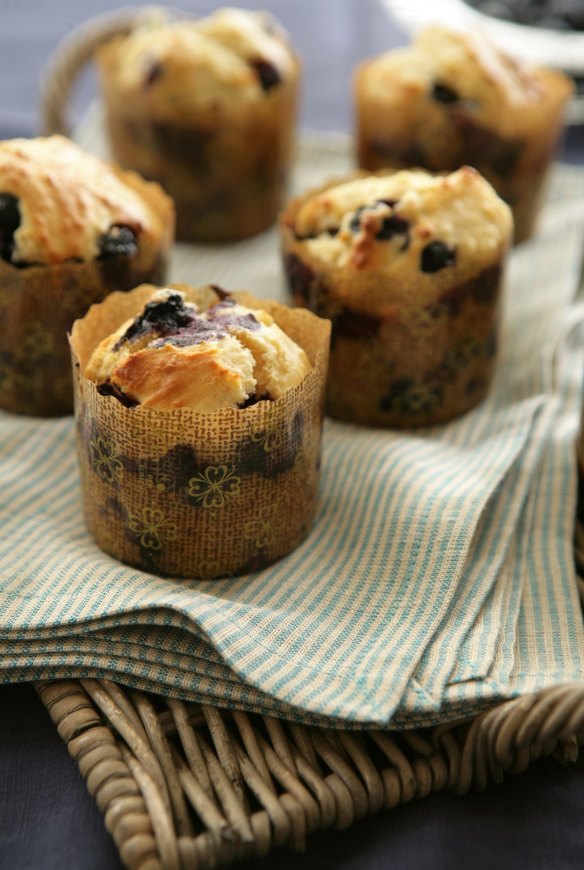Dodging the lunchbox snack trap
Nutritionist Susie Burrell shares her tips for choosing snacks for the school lunchbox.

If there is one section of the supermarket that is sure to raise the interest of a school-aged child, it is the snack food aisle – rows of brightly coloured packets that conceal a mix of bars, bites, straps and packets that school children will beg, borrow or swap to have included in their lunchbox. So are all packaged snack foods bad for children? Should they be banned from the lunchbox? If you prefer not to pack them, what can you make as snack food instead?
As a general rule of thumb, fresh unprocessed foods will always be better nutritionally than a packaged snack. An apple is better than a packet of dried apple and fresh cheese and wholegrain bread is better than cheese dip and crackers. But the reality is that our children eat processed snack foods in large volumes. In fact, data published back in 2005 by Deakin University found that on average Australian primary-school children had three, yes three, packaged snack foods in their lunchbox each day. So while the ideal may be to ditch the packaged snacks, there is also some rationale behind arming yourself with information on how to choose the most nutritionally sound options from the ever-growing number available.
Start with the labels
Primary-school children consume up to 30 per cent of their total daily calories at school, so it makes sense to pack their lunchboxes with as much good-quality food as possible. When choosing snacks, it is crucial that they offer something positive nutritionally whether it is wholegrain carbohydrates, protein, calcium or fibre, while avoiding as much added sugar and saturated fat as possible. A general rule of thumb is to scan labels and look for options that contain less than three grams of saturated fat per serve and less than five grams of sugar per serve. If you have time to study the labels, calories are also relevant and a snack for a primary-school child should contain 100-150 calories per serve.
Once we focus on these key nutritional properties, it becomes much easier to sort the good from the not so good among these brightly coloured boxes. In fact, you will be left with a small but generally acceptable mix of popcorn, small wholegrain snack bars, legumes and crackers which satisfy both the need for many children to feel as if they conform in terms of their lunchbox content and their nutritional needs for optimal growth and development.
Packaged portions
Another trick when it comes to lunchbox snacks is to make use of the portion-controlled, protein and calcium-rich options such as small tetra packs of flavoured milk, cheese and crackers and yoghurt. While these can contain up to 20 grams of sugar per serve, a significant amount of these sugars come from lactose, the sugar found naturally in milk, and these dairy-based foods can still be a nutritious snack that children really enjoy.
Make your own
If you have the time and energy to prepare or bake snacks for your child's lunchbox, there are plenty of great options. Try making small portions of homemade banana bread, muffins or biscuits, which tend to be lower in fat and sugar than store-bought varieties and are fantastic lunchbox fillers, with the added benefit of not containing the preservatives, flavours and colours that processed options may. Cut-up cheese, crackers, portions of dip and cut-up vegetables also work well, especially for smaller children who may like to pick at food. And, perhaps most powerful of all, is involving your child in choosing their snacks – a day or two of their choice followed by three or more days of yours can strike a balance between good lunchbox nutrition and healthy, happy children who learn to balance their "everyday" and "sometimes" foods.
Shopping guide
Some of the better packaged snack options for kids:
- Munchables Light Cheese & Crackers: rich in protein and calcium.
- Roasted Broadbeans: rich in protein and fibre.
- Cobb's Popcorn: low-GI carbs and fibre.
- Vaalia Kids Squeezie: rich in protein, calcium and low GI carbs.
- Corn Crunch: low-GI carbs and fibre.
- Freedom Foods Kids Milk Snacks: fibre, protein and calcium.
- Kez's Cereal Bites: fibre and wholegrain carbs.
- Rowies Snack Bites: wholegrain carbs and fibre.
- Copperpot Hommus Pots: fibre and protein.
- Uncle Toby's Fruity Bites: fibre, wholegrain carbs.
The best recipes from Australia's leading chefs straight to your inbox.
Sign up